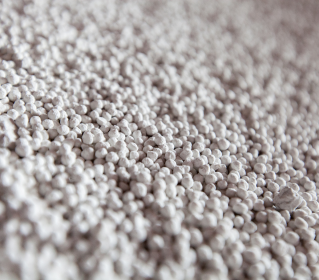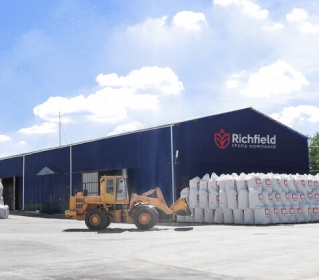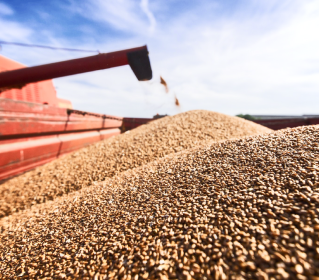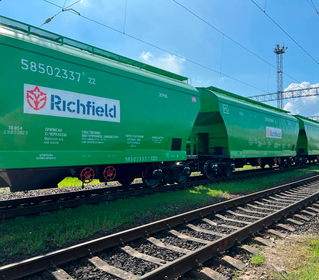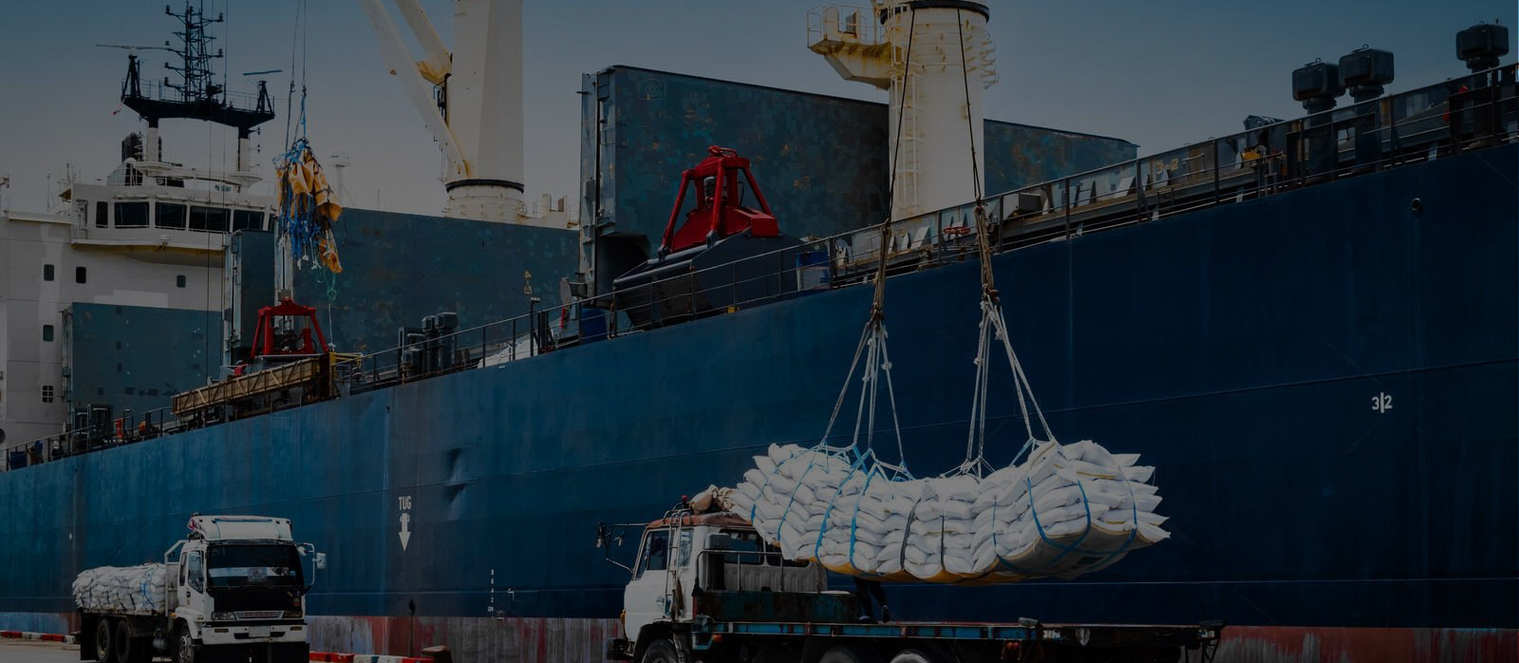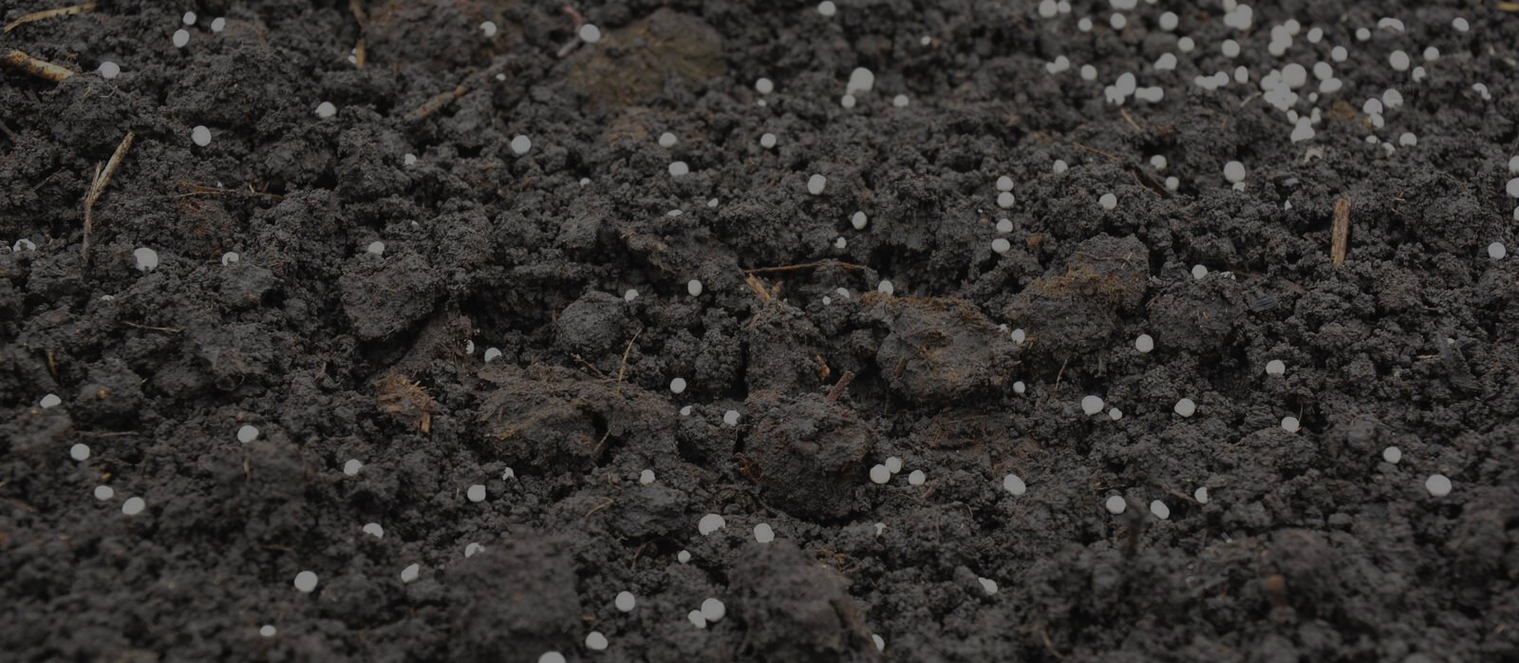
Prices for fertilizers are maximum
The rise in prices for the main types of fertilizers in the world market does not stop. Lack of supply, strong demand, high freight rates and rising raw material prices have primarily contributed to the increase in fertilizer prices in recent months. Other fundamental factors include the availability of fertilizers for farmers, political circumstances, anti-dumping duties and investigations, as well as the methods of governments of different countries, for example, reducing prices in the domestic market of China, which lead to a decrease in exports.
Thus, quotations of granular chloride potash in Brazil reached its maximum levels since 2009. Only in the last trading week from 2 to 8 July this fertilizer with delivery to the Brazilian market has risen in price at once by $70/t, and since the beginning of the year - by $415/t. Manufacturers have few spot technologies, and Brazilian customers are quick to buy up these lots when they hit the market. Import of potassium chloride to Brazil in the first half of the year has already reached a record maximum, amounting to just over 5 million tons. At the same time, the share from Russia turned out to be the most: 30% of the total. 27% of the goods were imported from Canada, 22.5% from Belarus, and 11% from Germany. However, market participants already admit weakening demand for potash in Brazil amid high prices.
Brazil is in the focus of not only potash market participants, but also suppliers of phosphate fertilizers. Although the growth of prices in this segment has slowed down compared to the last weeks, it has not stopped.There are practically no deals in India and Pakistan that buy diammonium phosphate, but Brazilian importers continue to order monoammonium phosphate, which has risen in price in Brazil by almost $160/ton since the end of April. In five years, the cost of monoammonium phosphate in the Brazilian market has increased by $400/t.
The Indian standard for diammonium phosphate is even more difficult: they are used to buying large volumes of this phosphate fertilizer in China, but now the export of Chinese production is limited due to fears of export duties. although the likelihood of this scenario diminishes. Indian importers hold procurement tenders without receiving bids from suppliers. At the same time, local healthcare providers continue to accelerate the rate of growth in prices for phosphoric acid and ammonia. Phosphoric acid from Morocco will cost the Indian company $162/t more in Q3 than in the upper quarter. The prices for imported diammonium phosphate in India are increasing markedly this year - the growth since the beginning of the year is $225/t. Product value has increased by $257/t in five years.
Demand in India and a shortage of Chinese impact areas and urea market. Indian importers need several million more tons of this fertilizer to be shipped by the end of the year, but it is difficult to obtain them. However, prices on the world market are becoming more and more attractive for Chinese suppliers, since the cost of this fertilizer in the domestic market of China began to decline, which was what the country's government was trying to achieve. So far, however, Chinese exporters are cautious.Meanwhile, over the past year, the price of Chinese granulated urea with shipment abroad has doubled.
Now the participants of the nitrogen market are waiting for the announcement of the next procurement tender in India. Suppliers will have an opportunity for another increase in urea prices. A year ago, imported urea cost Indian importers $270/t less.
Tatiana Davydova
Source: ARGUSMEDIA.COM
